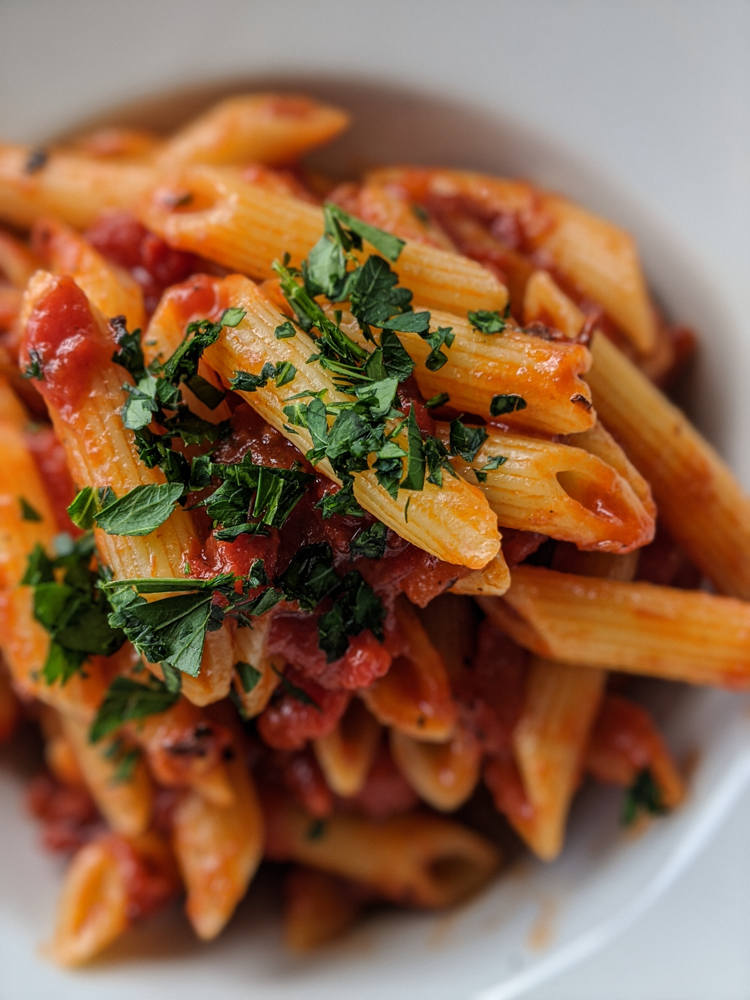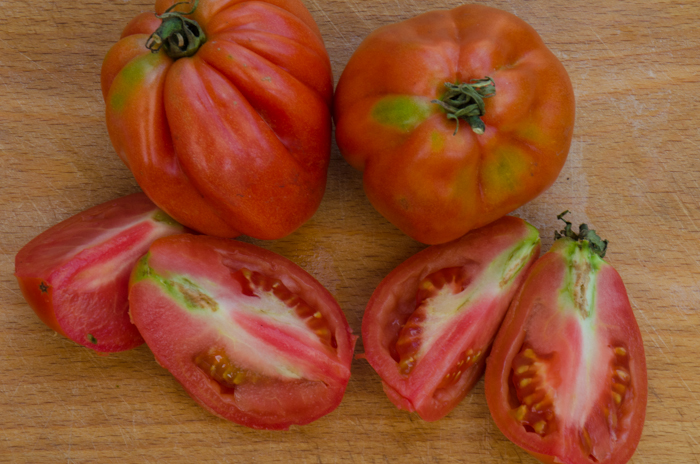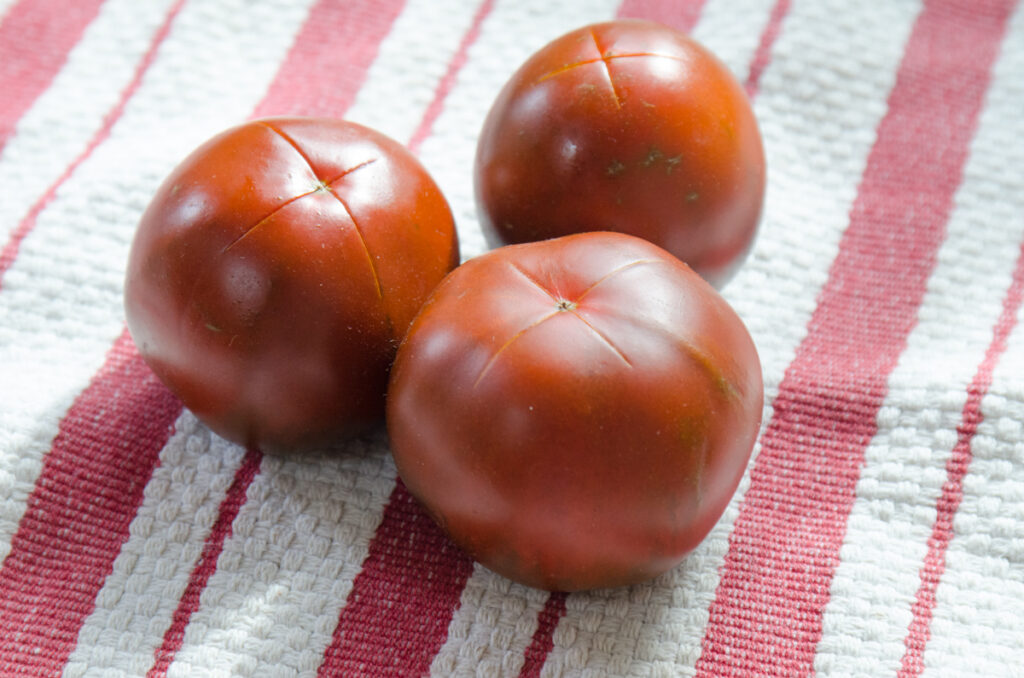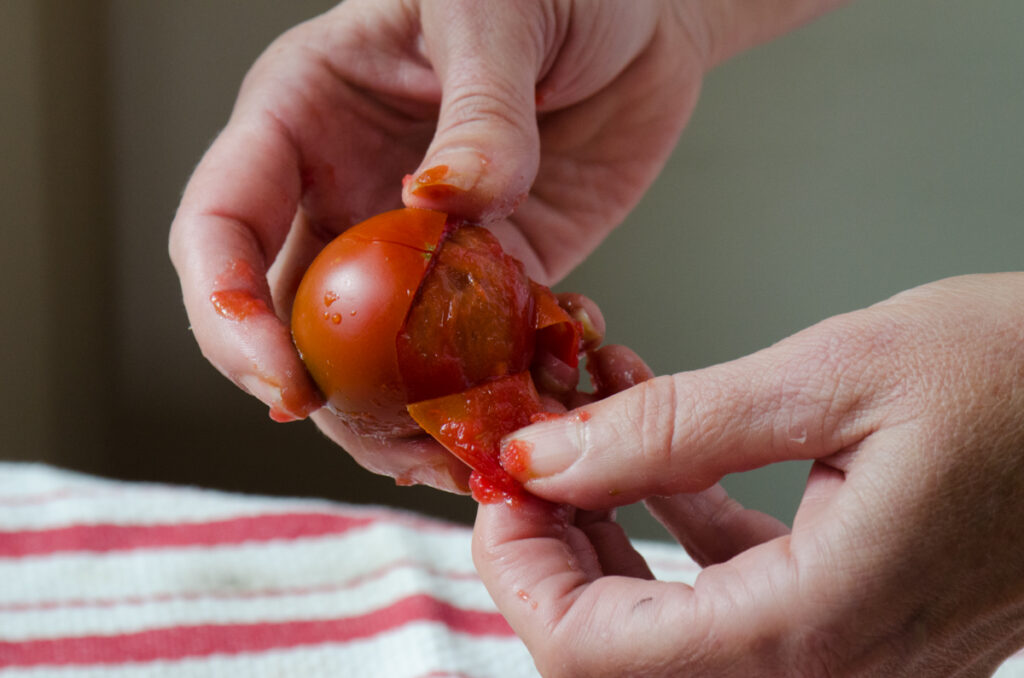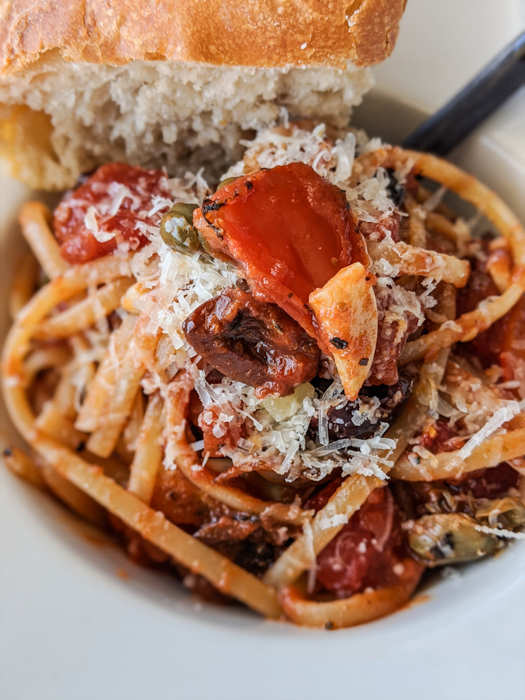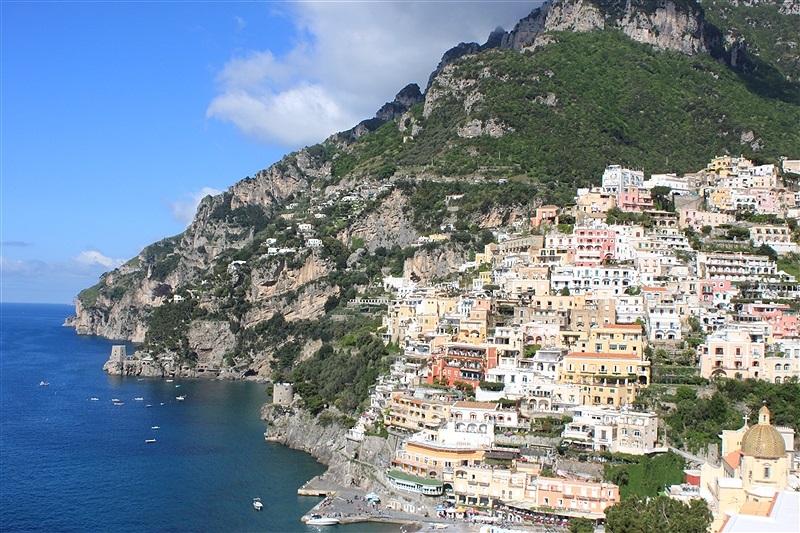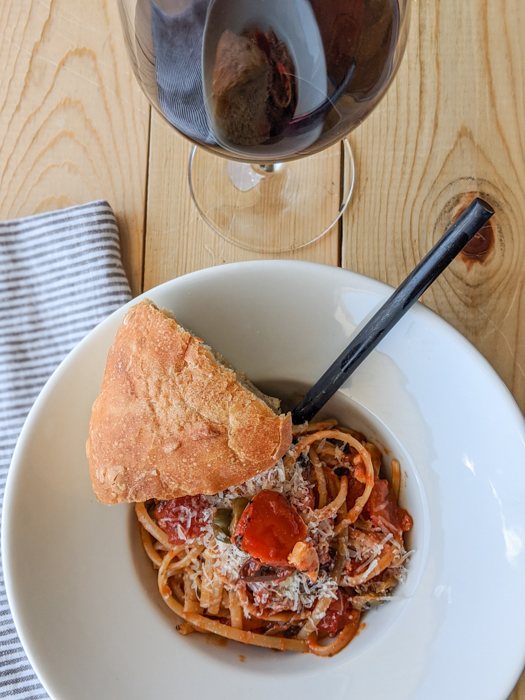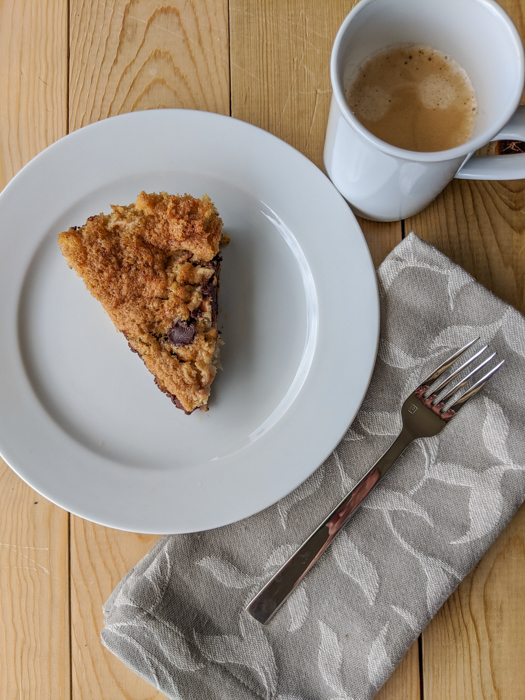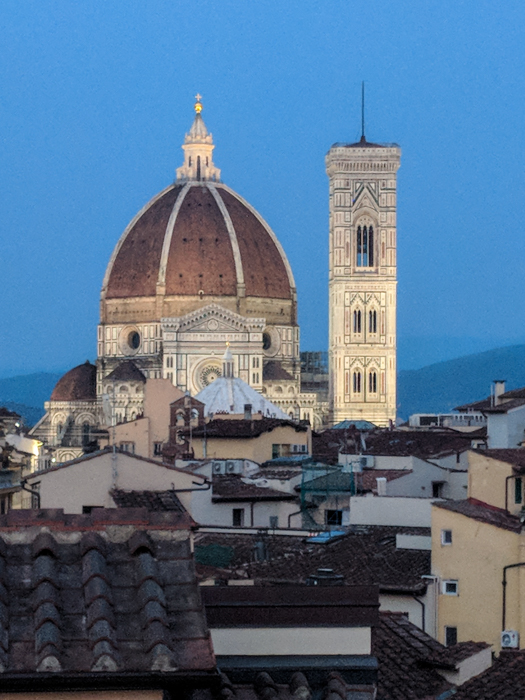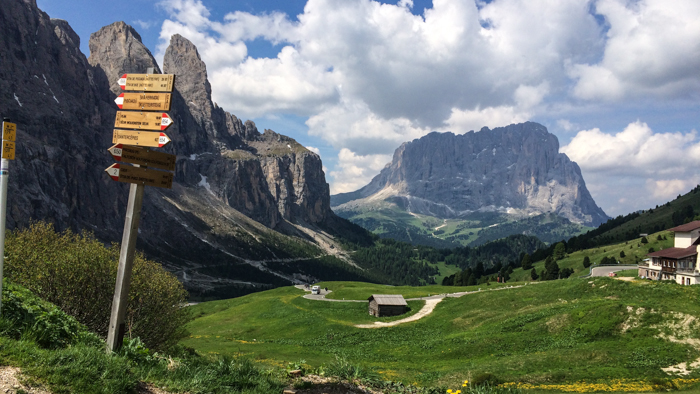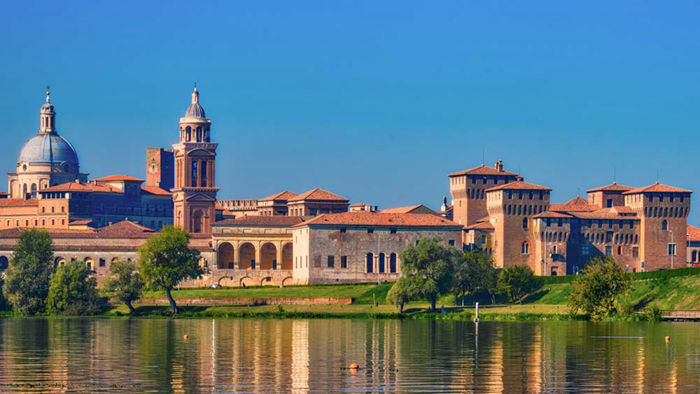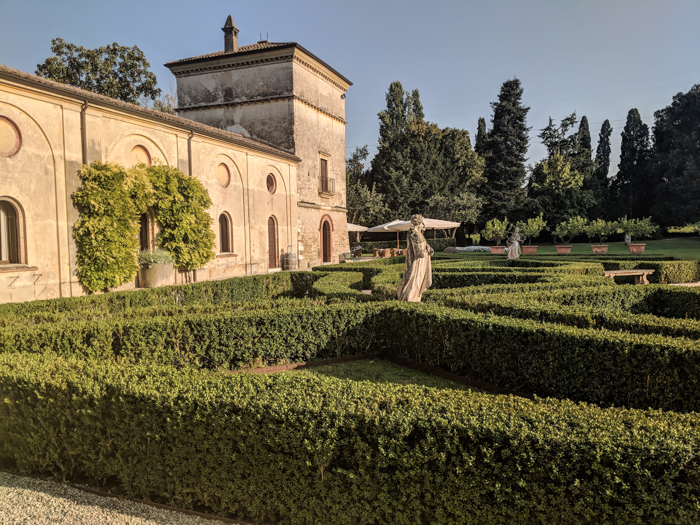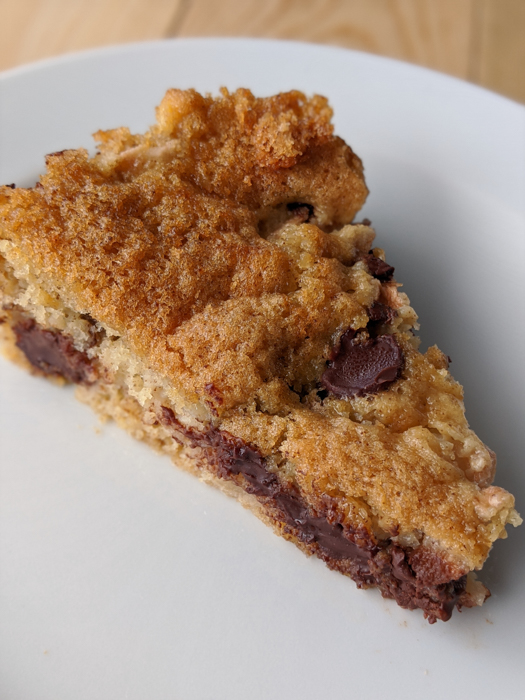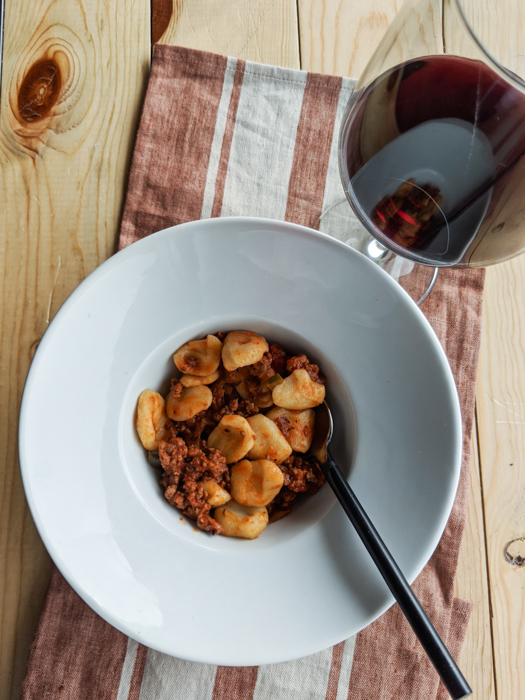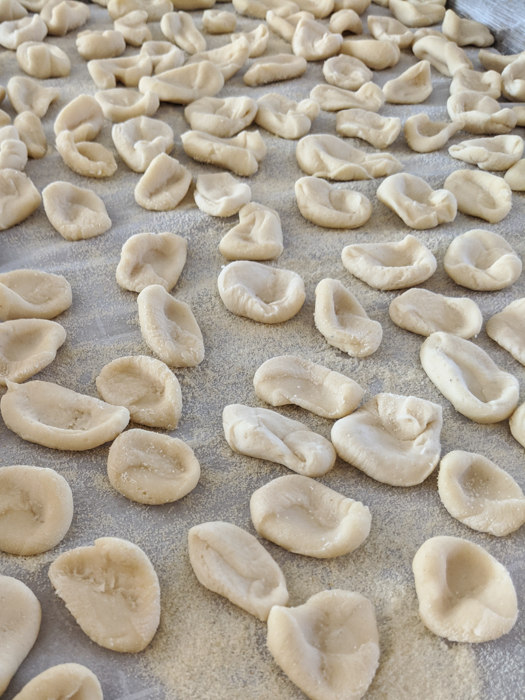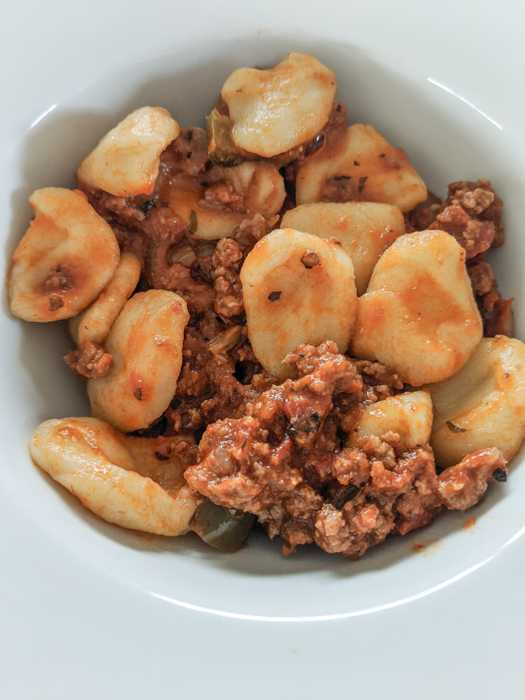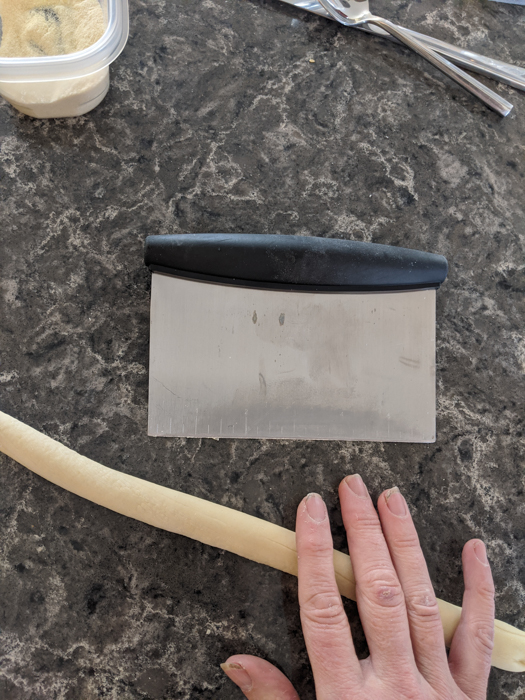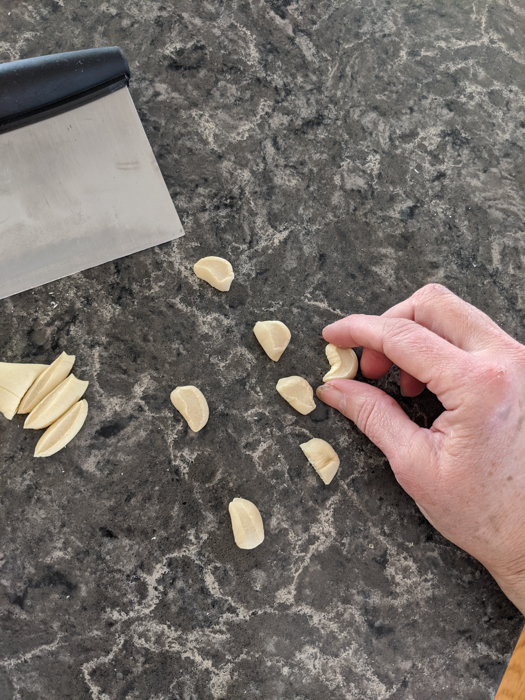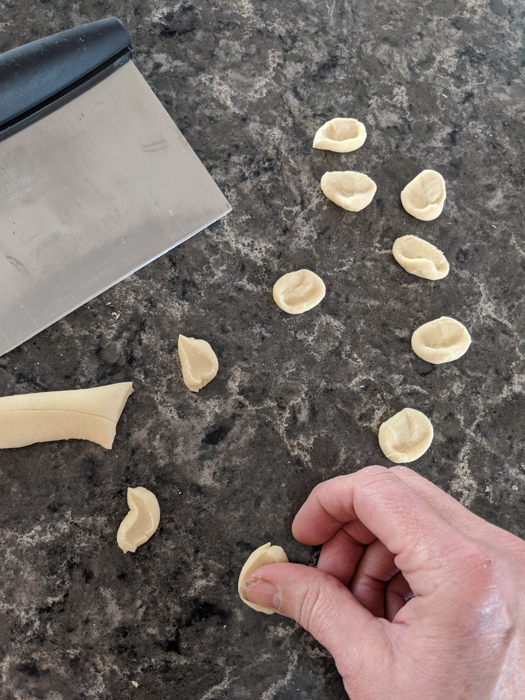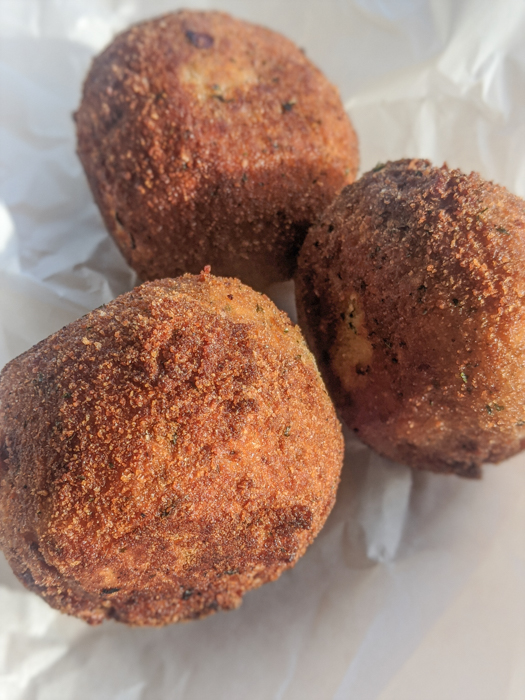
Guests on our Italiaoutdoors Food and Wine Italy tours, and students in my cooking classes, have made or tasted many types of risotto with me, as it is one of Italy’s signature dishes and everyone can find a flavor they like. But it is not a dish that reheats well, so what to do with your leftovers? My favorite solution – Arancini- deep fried rice balls, stuffed with something yummy.
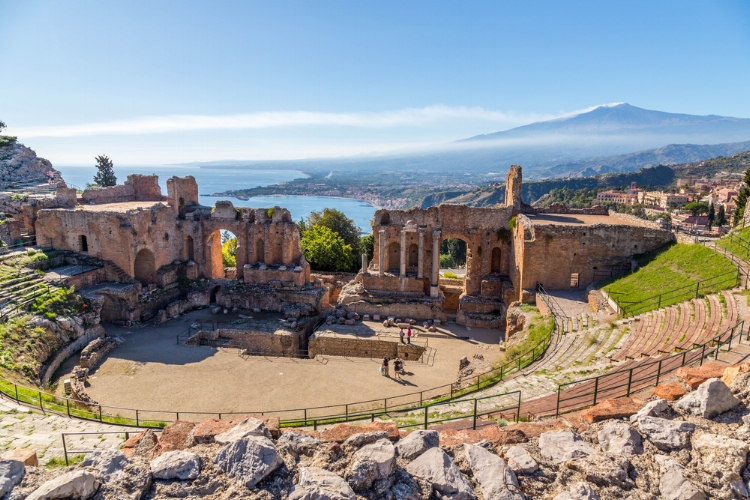
Reputed to have originated in Sicily in the 10th century during Arab rule, when large serving bowls of saffron rice with plates of meat and vegetables were shared by a table. Sometime later “rice balls” that were breaded and fried evolved as a way of transporting these foods easily on long trips. The first use of the word arancini (meaning “little oranges” in Italian) to refer to these stuffed rice balls dates from the 19th century.
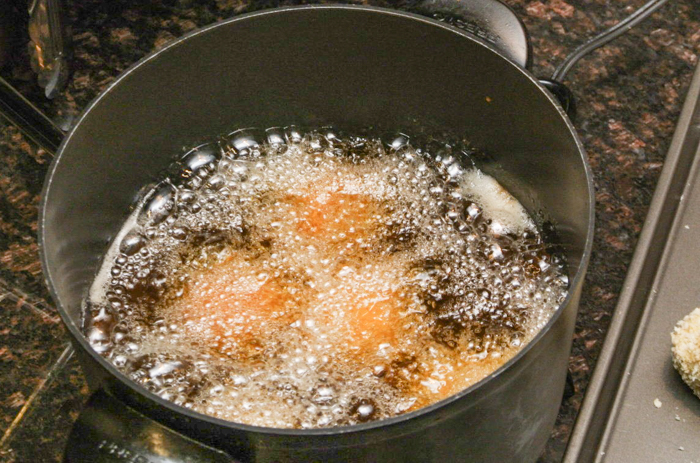
Today Arancini are a popular street food in Sicily, the most common style is al ragu, stuffed with a meat ragu (meat tomato sauce) and mozzarella, but you can find many specialty types – stuffed with mushrooms (con funghi), eggplant (con melanzane), even the famed Sicilian Bronte pistachios. In Palermo and Trapani, arancini are a traditional dish to celebrate the feast of Santa Lucia, on 13 December, commemorating the arrival of a supply ship carrying rice on that day in 1646, relieving a severe famine. For this holiday, you can even find sweet versions of arancini coated in sugar and cocoa.
In Rome, you will find a similar food called suppli, most typically stuffed with cheese. The melted cheese makes ‘strings’ as you pull it apart, “suppli al telefono“, or telephone wires. In Naples, they are known as Palle di Riso, literally “balls of rice.”
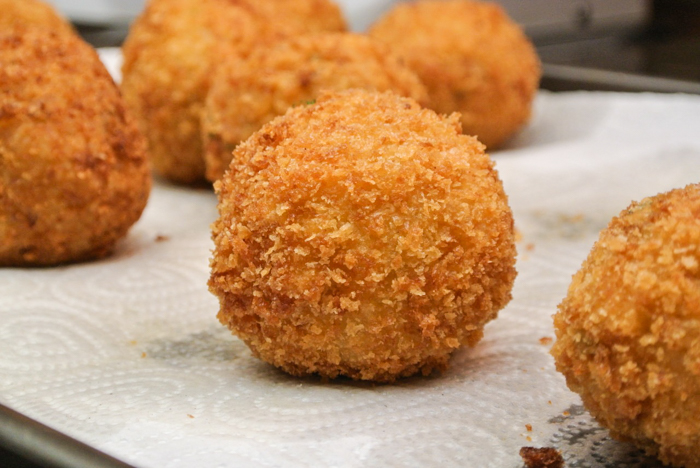
A basic recipe follows here but I encourage you to create your own versions to complement your leftover risotto. I recently made an Apple Risotto for my wine club, the leftovers became Apple Arancini with Sausage and Mozzerella.
Arancini con Mozzarella e Prosciutto
- 4 1/2 cups leftover risotto
- Kosher salt and freshly ground pepper
- 1/4 cup unsalted butter, melted
- 2 tablespoons minced parsley
- 1 cup freshly grated grana cheese
- 4 eggs, lightly beaten, two at a time
- 4 ounces mozzarella, cut into 1/4 inch cubes
- 4 ounces prosciutto, diced
- bread crumbs or panko
- flour
- vegetable oil for frying
Place the risotto in a medium bowl. Season with salt and pepper, if needed. Add the butter, parsley, grana, two of the beaten eggs and stir gently to combine.
Lightly beat the remaining two eggs and season with salt and pepper. Place the flour in a shallow bowl, the beaten eggs in another, and the bread crumbs in a third bowl.
Combine the prosciutto and mozzarella. Take a small handful (about 2 tablespoons) of rice and begin to shape into a small ball. Press into the ball with your finger to make a small hole. Fill the hole with some of the mozzarella and prosciutto, and then close the hole with a little additional risotto. Roll between your palms to form a small ball, about the size of a small clementine. If they are too large, the stuffing inside will not get warm enough as it cooks. Place on a sheet pan, and form the remaining balls, attempting to keep them uniform in size.
Roll each arancino first in the flour, then dredge it in the beaten egg, and roll it well in the breadcrumbs. Place on a sheet pan.
Fill a heavy sauce pan with the vegetable oil to a depth of 3 inches. Heat the oil over medium heat to a temperature of 350°. Carefully place a couple of arancino in the pan and fry until a deep golden brown, turning occasionally. You want to make sure you cook them long enough so the cheese in the middle melts. Using a slotted spoon, remove from the oil and drain on a dish covered with a paper towel. Feel free to taste the first one, to check that the cheese has melted! Continue cooking until all are fried. Keep warm in a heated oven, and serve warm.
